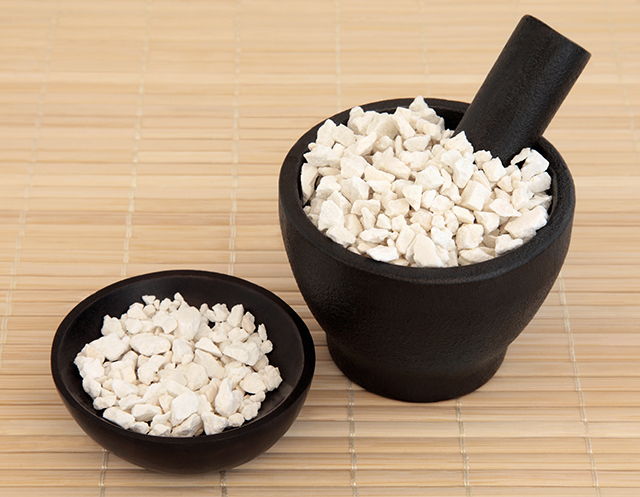Don’t hate fever – it helps immune cells reach the site of infection faster
07/18/2019 / By Evangelyn Rodriguez

Fever, or an increase in body temperature, signifies an illness – but it is not a disease in itself. Rather, it is an indication that the body is trying to fight off sickness or an infection. Science has long refuted the idea that fever is a bad thing. In fact, fever is an evolutionarily conserved response that contributes to the survival of most species. In a new study published in the journal Immunity, researchers from the University of Chinese Academy of Sciences in Shanghai discovered the mechanisms underlying the role of fever during immune response. They found that fever increases the expression of a surface protein that enables the migration of immune cells to critical sites of infection.
How fever actually helps immune response
When the body is invaded by harmful microorganisms, the immune system responds by mobilizing white blood cells. These immune cells called T lymphocytes need to adhere to blood vessels and migrate to the site of infection. This migration process is facilitated by cell adhesion proteins called integrins, whose main function is to bind the cytoskeleton of cells to the extracellular matrix. Integrins also help red and white blood cells bind to other cells to fulfill their physiological functions. During inflammation, integrins control lymphocyte trafficking.
In their study, the researchers discovered that fever contributes to this process by increasing the expression of heat shock protein 90 (Hsp90), a chaperone protein that helps other proteins fold properly and is crucial for cell survival. Hsp90 selectively binds to the tail of alpha-4-integrins on the surface of T lymphocytes and activates them. When Hsp90 simultaneously binds to two alpha-4 integrin tails, a cluster of alpha-4-integrins forms on the cell membrane. This eventually leads to the activation of the FAK-RhoA pathway, which is important for cell migration. According to the researchers, this increase in Hsp90 due to fever promotes the transmigration of T lymphocytes to the site of infection.
 | Discover how to prevent and reverse heart disease (and other cardio related events) with this free ebook: Written by popular Natural News writer Vicki Batt, this book includes everything you need to know about preventing heart disease, reversing hypertension, and nurturing your cardiac health without medication. Learn More. |
“One good thing about fever is that it can promote lymphocyte trafficking to the site of infection, so you will have more immune cells in the infected region that will get rid of the pathogen,” said JianFeng Chen, the corresponding author of the study.
“Our findings show that this mechanism not only applies to lymphocytes but also to innate immune cells like monocytes. It is a general mechanism that can apply to lots of different immune cells expressing ?4 (alpha-4) integrins.”
As part of their study, Chen and his colleagues also used animal models and other fever models to confirm their results. They found that inhibiting the interaction between Hsp90 and alpha-4 integrin prevented fever-induced T lymphocyte trafficking to lymph nodes and impaired the clearance of bacterial infection in mice. Their observations also suggest that this mechanism is temperature-specific — that is, Hsp90 can only be induced at temperatures higher than 38.5 C. This implies that the mechanism is targeted and effective, but reversible.
The researchers believe that other factors may also induce Hsp90 expression besides fever. Chen said that the Hsp90-alpha-4 integrin pathway may be involved in chronic diseases like autoimmune disease and cancer. This is because aberrant immune cell trafficking to affected organs or tissues is involved in the development of these diseases. Blocking the Hsp90-alpha-4 integrin pathway may be the cause of this.
Fever is part of the immune response, and most of the time, the severity of fever indicates the type of problem that’s causing it. While fever may be helpful, it is still important to deal with it especially when it is high and persistent. High fevers can cause febrile seizures in children, which may also cause them to lose consciousness.
Sources include:
Tagged Under: chronic diseases, fever, immune cells, immune system, immunity, infection, integrins, lymphocyte, research, sickness, T lymphocytes, white blood cells



















